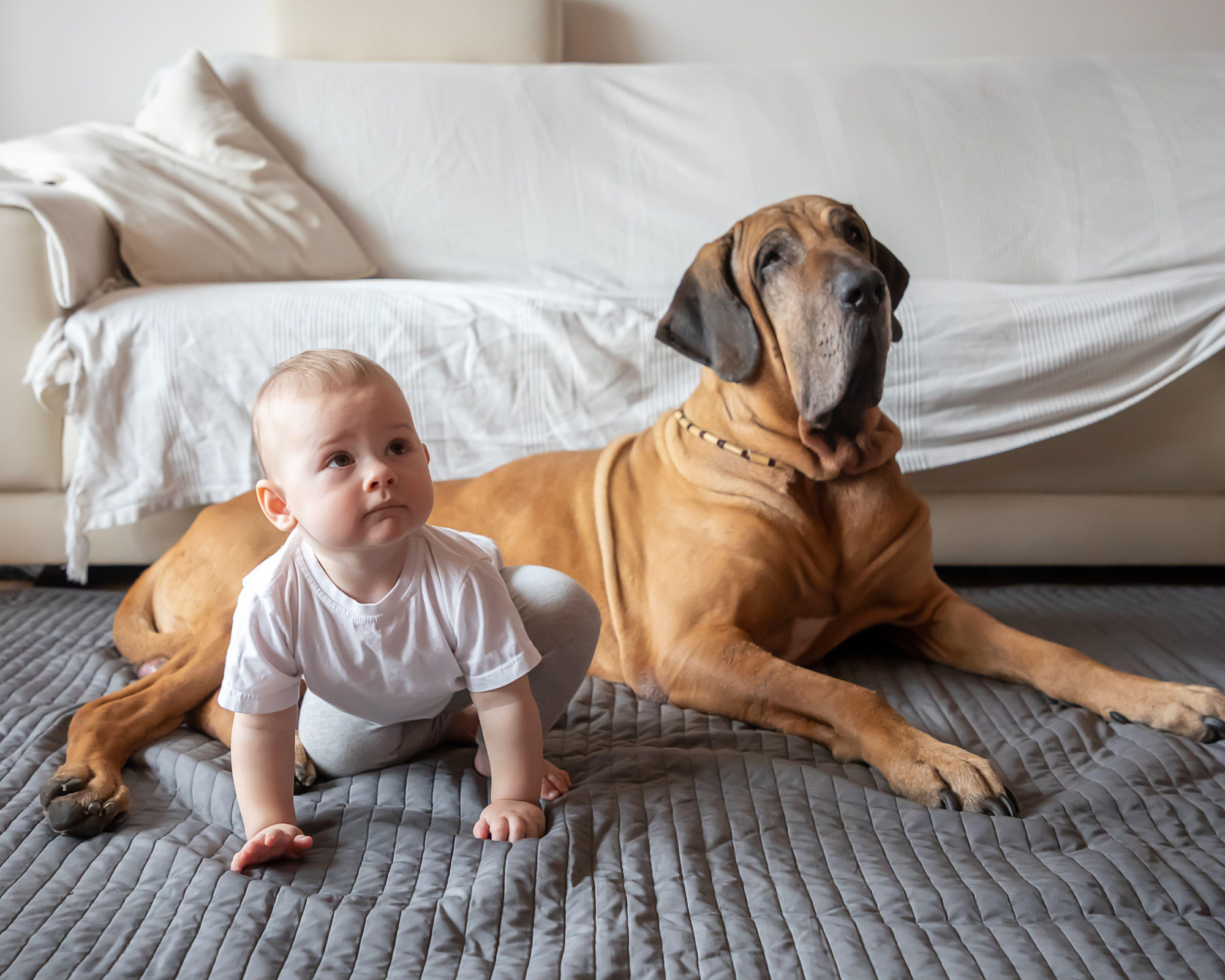

How to Tell If Your Dog Needs Space: Body Language Every Owner Should Know
Most people recognize the obvious signs: growling, snapping, snarling.
But those aren’t the first ways dogs ask for space.
They’re the last resort.
Long before a dog “shouts,” they usually whisper.
As giant breed owners, this matters even more. A 200-pound dog doesn’t have to bite to do damage—but more importantly, our big dogs often suffer in silence, trying to be the gentle giants we know and love.
The good news? When we learn to recognize the whispers, we can prevent the shouts.
The 3 Levels of “No Thanks” From Your Dog
Let’s break it down into three stages:
🐾 The Whisper
These are subtle signs that many people overlook or misread:
- Lip licking (outside of mealtime)
- Yawning repeatedly
- Excessive blinking
- Lifting one paw
- Turning their head or body away from you
These are polite ways your dog is saying: “This is uncomfortable. I’d rather not.”
🐾 The Louder Ask
When those signs go unnoticed, dogs may escalate:
- Walking away
- Cringing or crouching
- Slinking away
- Rolling onto their back (this can be appeasement, not an invitation)
Here, your dog is being a little more clear: “Please give me space.”
🐾 The Shout
This is where it gets dangerous:
- Growling
- Snarling
- Snapping
- Biting
This isn’t about your dog being “mean”—it’s a survival response.
It means: “You didn’t hear me the first time.”
Why This Matters for Big Dogs
Big dogs are often stoic. They’ll tolerate discomfort far longer than they should—until they can’t anymore.
Whether it’s a child getting too close, a vet exam, or just being hugged when they’d rather not be… dogs do communicate. But we have to learn their language.
As dog parents, it's our job to be fluent.
What You Can Do
✅ Watch for the whispers.
✅ Respect the ask.
✅ Teach others—especially kids—how to read a dog’s body language.
✅ Advocate for your dog in uncomfortable situations (like crowded dog parks or vet clinics).
It’s not just about avoiding bites—it’s about honoring your dog’s boundaries so they feel safe, seen, and respected.
Want more tips like this?
Join our private Facebook group for big dog parents—it’s where we share resources, answer questions, and help each other give our gentle giants more, better years.
